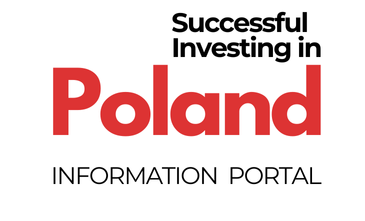According to the latest report by the International Monetary Fund (IMF), Poland’s economic growth in 2025–2026 is expected to average around 3 per cent per annum, allowing our country to maintain its position as the growth leader in Europe. By comparison, the average forecast growth for the eurozone is only 1.5 per cent, and the average global growth is around 3 per cent.
Between 1995 and 2024, Poland achieved an impressive more than twofold increase in real GDP, compared to approximately 70% in the European Union as a whole. This means that the Polish economy grew more than three times faster than the EU average.
Global slowdown and new risk factors
The year 2025 is marked by high economic uncertainty. The United States has introduced a wave of tariff increases, leading to the highest effective tariff rates in a century. Although these measures have increased the cost of trade, the weakening of the dollar has limited their impact on prices in many countries, including Poland.
According to the IMF, global economic growth will be 3.2% in 2025 and slow to 3.1% in 2026. Inflation, on the other hand, is expected to fall to 4.2% in 2025 and 3.7% in 2026. Against this backdrop, Poland’s economic growth appears to be an example of a balance between dynamism and macroeconomic stability.
Poland resilient to global turbulence
According to analyses by the IMF and the Polish Economic Institute, Poland is currently one of the most resilient economies in Central Europe. After slowing down to 0.2% in 2023, GDP grew by 2.9% in 2024, and this momentum is expected to continue in the coming years.
The key factors maintaining the pace of growth are:
- strong domestic demand supported by rising household incomes,
- infrastructure investments co-financed by the EU,
- the development of the technology and modern services sector,
- and exports based on high-quality industry and modern solutions.
Why Poland attracts foreign investors
From the perspective of foreign investors, Poland’s economic growth is based not only on consumption, but also on systematic productivity growth and diversification of the economy.
The most important advantages of the Polish market:
- a stable financial sector and low exposure to external risks,
- membership in the European Union, ensuring access to the single market,
- a skilled workforce at competitive costs,
- modern logistics and energy infrastructure,
- increased spending on research and development (R&D) and state support for innovation.
According to reports by the OECD and EY, Poland is currently the most popular destination for foreign investment in Central and Eastern Europe, ahead of the Czech Republic and Hungary.
Challenges and directions for further development
Maintaining its leading position requires continued structural reforms. The Polish economy faces the need to:
- increase labour productivity,
- transform its energy sector towards renewable sources,
- digitise its administration and SME sector,
- and develop human capital towards modern technological skills.
According to the IMF and the OECD, achieving these goals could increase the potential growth rate to as much as 3.5% per annum in the longer term.
Poland’s economic growth – a leader in uncertain times
In a world of slowing trade and rising protectionism, Poland’s economic growth is a positive exception in Europe. Stable macroeconomic policy, growing investment and resilience to external shocks mean that Poland remains one of the most attractive investment markets in the region.





